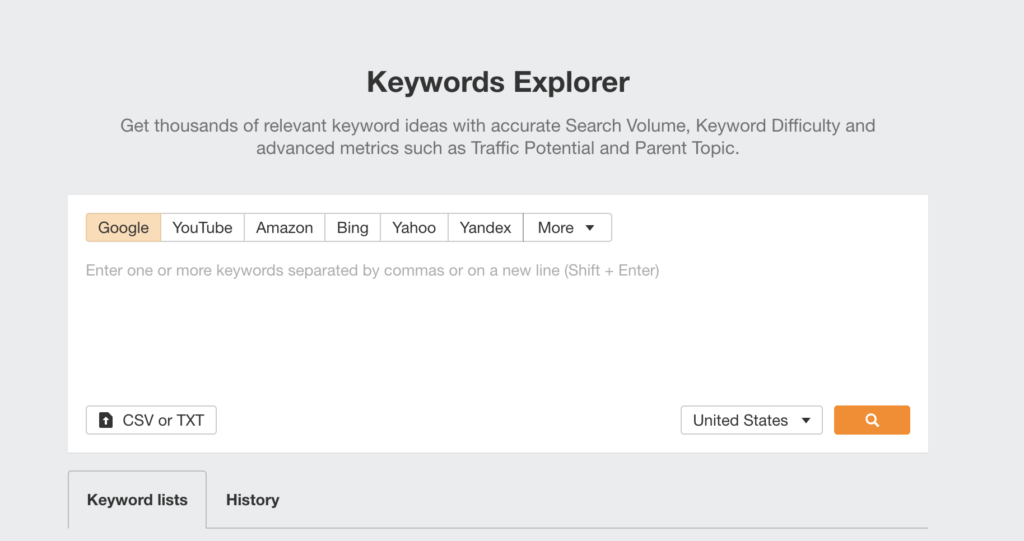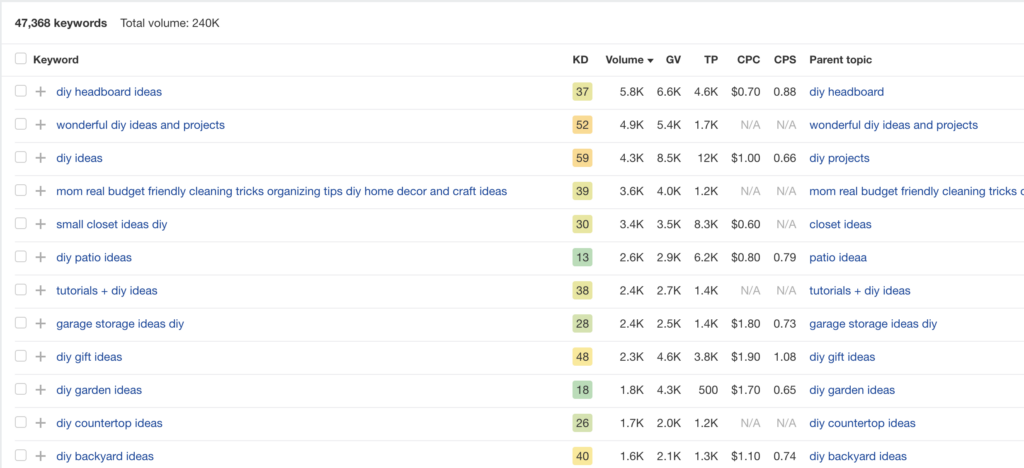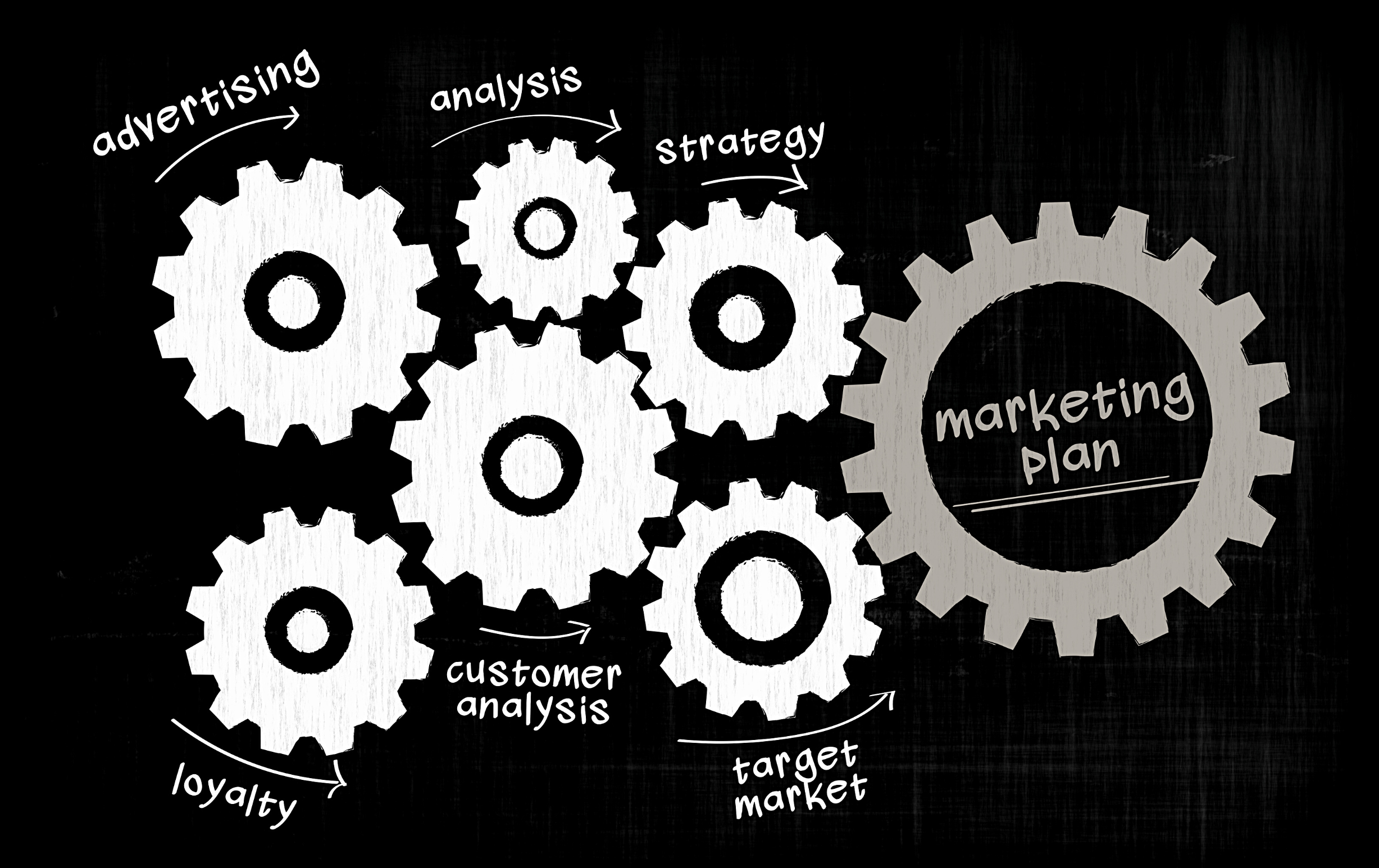Social media is a wonderful way to get the word out about your business. But mindlessly posting captions and links will not get the right audience to your website. Social media is a way to build a community that will connect with you and will support your brand as you release new products.
How can you use social media to be a high-quality extension of your website that promotes community engagement and traffic to your website? Be strategic about your content, including promoting longer-form content found on your website.
In this article, we will discuss ways to use social media to promote your content and bring brand awareness to a wider audience.
10 Tips for Using Social Media to Market Your Business
Social media is used by millions of consumers every day. People log in to social media accounts to apply for jobs, get their news, connect with friends, and find humor during breaks. They follow brands they love, mostly when they can connect on shared passions.
Your social media accounts should reflect your company’s mission. Each picture and carousel should be presented with top-quality workmanship. People who view your social media grid should feel inspired and excited to press Follow on your profile page.
Use social media for effective content marketing by following these tips:
1. Create a Content Calendar
The first step in using social media for content marketing is to create a plan. You cannot get far with promoting your content if you do not have a vision of what each post will look like. A content calendar will eliminate repetitive content and help you see the big picture. Depending on the top-performing posts, you can also tweak your content calendar from month to month.
2. Choose Multiple Formats for Content
What kinds of content do you want to share? You can post videos, still pictures with background audio, carousels or infographics, or professional photos of your product or service. A variety of content is preferred. Learn the algorithm to see which kinds of content perform the best. For example, videos are top performers right now. So how can you translate your content marketing efforts into a video format?
3. Spark Engagement
Each post you publish should allow your audience to engage with you. Whether you are looping them into the product design process by posting polls or asking their opinion on something in your personal life, give them a chance to comment and be heard. Each time your followers ask a question or vote, they feel more connected to your brand, increasing their brand loyalty.
4. Tailor Content to Specific Social Media Platforms
If you have LinkedIn, TikTok, and Instagram, your target audience differs for each platform. LinkedIn has a more professional audience where you can post articles and findings relevant to your industry. TikTok offers a younger and more casual audience, so curate your posts with that in mind. Instagram is a little bit in the middle, where your videos and pictures should always be thoughtful, diverse, and professional.
5. Add Personality and Vulnerability to Your Content
Even though you are marketing a business, social media gives you a chance to get real with your audience. Tell stories that people can relate to. Share your passions to see if you can find a shared purpose with your followers. And relay obstacles and failures along the way so potential customers can see your journey and connect with you through the ups and downs.
6. Keep Up with Trends and Current News
Social media is a platform where users want to read what’s current here and now. On Google, they may come across an article posted two years ago. But on social media, they want to hear what you have to say about current news. Hop on trends before you are the 50th post they’ve seen using the trend. Create memes that make them laugh because they are so relevant to today’s conversations.
7. Promote Your Social Media Pages
There are many ways to promote your social media pages. You can post articles from other creators and link to their page. You can collaborate with other companies to create videos or cross-promote your products. Invite your audience to share your content to get more eyes on your page and spread brand awareness.
8. Stay Consistent and Implement SEO Components
When you first start out, you may have a couple of dozen followers and even fewer eyes on your posts. It can feel discouraging! Consistency is key with using social media for content marketing. Keep posting a variety of posts, and remember that Google crawls your social media pages in the same way it does any other page. Use keywords organically and add links to your bio to build your social media’s SEO.
9. Track Metrics that Measure Success
Measure the success of your social media posts by tracking user engagement, organic account mentions, and impressions. Even if you have thousands of followers, your post may not show up on their algorithm. Learn how to play with the algorithm to increase impressions and further increase conversions.
10. Change Your Strategy Accordingly
The very best social media campaigns include pivoting to what works for your company. Social media algorithms are constantly changing. Use the metrics to determine what worked in the previous month and what you need to change to continue with viewer growth.
Once you have a solid plan for your social media strategy, you will be ready to put forth top-quality content and leave a fantastic first impression on your followers. You can watch your followers grow as you stay consistent with your posts and videos.
The more followers, the more traffic to your website and the more conversions to sales. Social media can be a powerful tool for content marketing if you do it right.
Contact Digital Marketing Experts to Build a Meaningful Social Media Audience
Maintaining consistent and engaging social media accounts can be a full-time job! Leave it to the experts to do what we do best. You can build an effective content marketing campaign by using social media to promote traffic to your website.
Ready to boost your social media presence and drive traffic to your website? Contact our digital marketing experts today to build a meaningful social media audience and boost your content marketing efforts.





